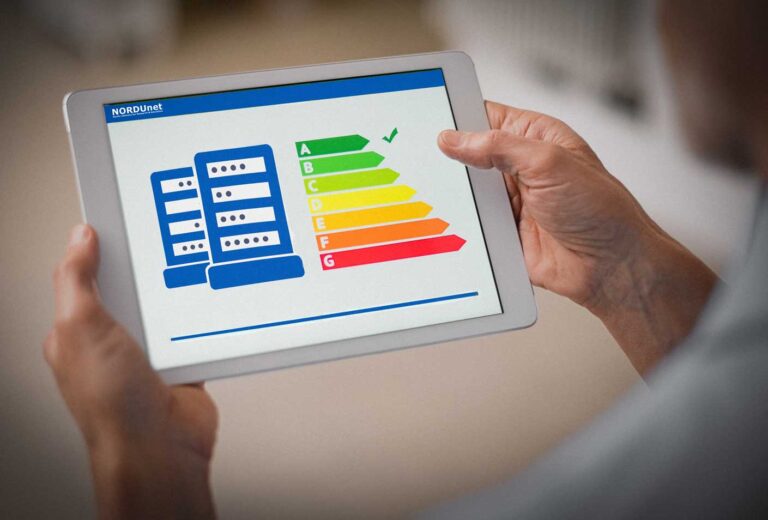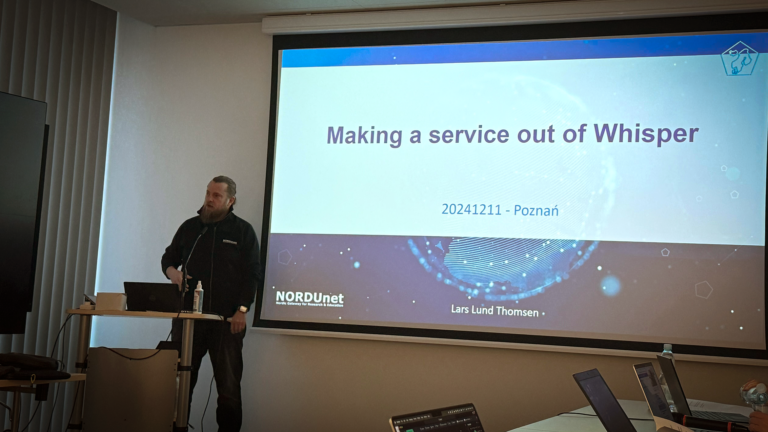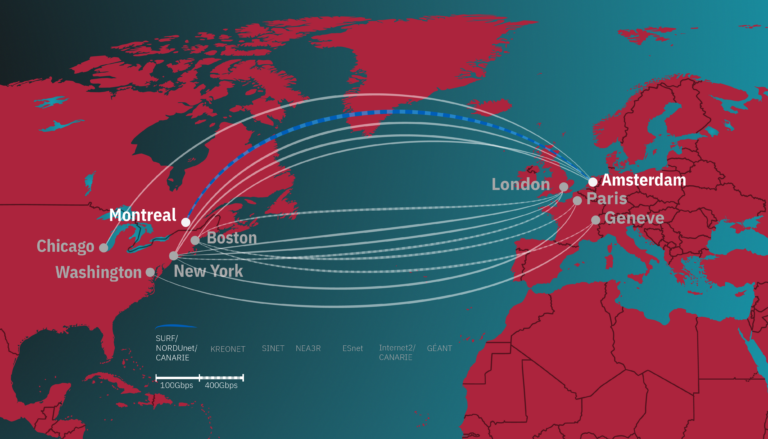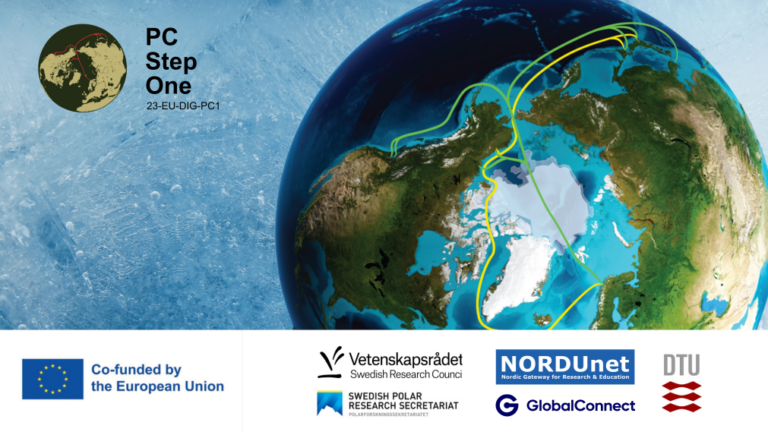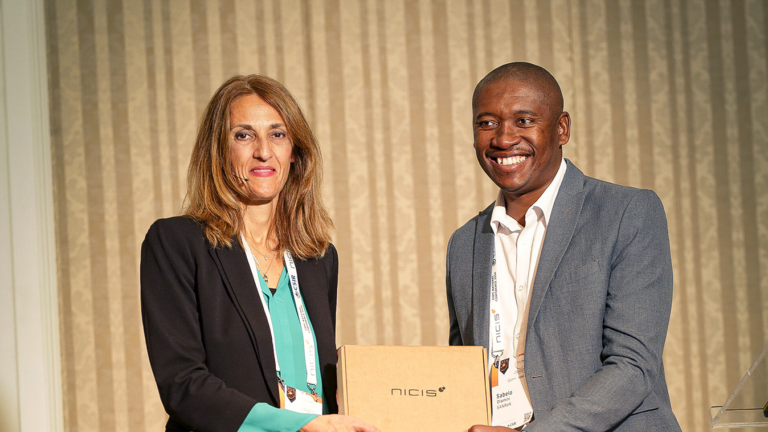Thanks to more energy-efficient operation, the Nordic research and education community does not need to fear increasing cost for use of Zoom and similar services.
Through smarter operation of servers and related equipment, NORDUnet will be able to save up to 40 pct. of power consumption related to its media services. The savings will allow NORDUnet to maintain current tariffs for Zoom, Panopto, Kaltura and similar services despite the sharp upward trend in energy cost.
“The load related to our services displays certain fluctuations. An example is the high peak load during the start of each semester. Based on historic records we can allow ourselves to reduce the standby capacity in periods with lower expected loads. Thereby we will be able to save up to 40 pct. of the power supply, mainly for server operation. We estimate that this will be sufficient for us to keep prices constant despite the rising energy costs,” says Jørgen Qvist, Chief Network Operating Officer at NORDUnet.
A natural question is why NORDUnet has not implemented such procedures earlier?
“Well, the savings are not achieved totally for free. We need to use more manpower since the number of adjustments to the system will become higher. However, given the energy prices we currently see, there is no doubt that the business case for the exercise will be sound,” Jørgen Qvist replies, adding that economy is not the only consideration:
“Keeping the prices for our customers down and contributing to dampening inflation is important, but even without this scenario it would be desirable to reduce energy consumption for environmental and climate change mitigation reasons.”
Strategic move to Northern datacenters
Looking a bit further ahead, more improvements in this direction are due:
“We plan to move a large part of our server capacity to new datacenters in Finland and Northern Sweden. Thanks to the colder temperatures – allowing for very low costs of cooling – and better access to renewable energy sources, these datacenters will be a both cheaper and more sustainable solution,” explains Jørgen Qvist.
“We have built our infrastructure in a modular configuration, allowing us to conduct the transferal in a gradual and smooth way. We expect this strategy to contribute further to avoiding price increments and to support societal goals of dampening inflation and increasing sustainability.”
The first step will be transferal of a part of the servers for Zoom to the Kajaani datacenter operated by CSC, the NREN of Finland. This will take place in early 2023.
Maintaining the same quality
Not all NORDUnet areas of operation can see the same cut in power consumption.
“As for general network operation, there is not that much we can do. It would just not be possible to shut down the internet at nighttime for instance,” says Jørgen Qvist.
So, the savings only relate to the other “leg” of NORDUnets activity which is the media services. Here, the Chief Network Operating Officer assures that the new energy-efficient mode of operation will not compromise the quality of the services provided:
“We will still have the redundancy we need, and extra capacity which can be mobilized quickly if a big, unexpected increase in load should occur. In other words, we will save power and the users will not experience any differences at all.”


